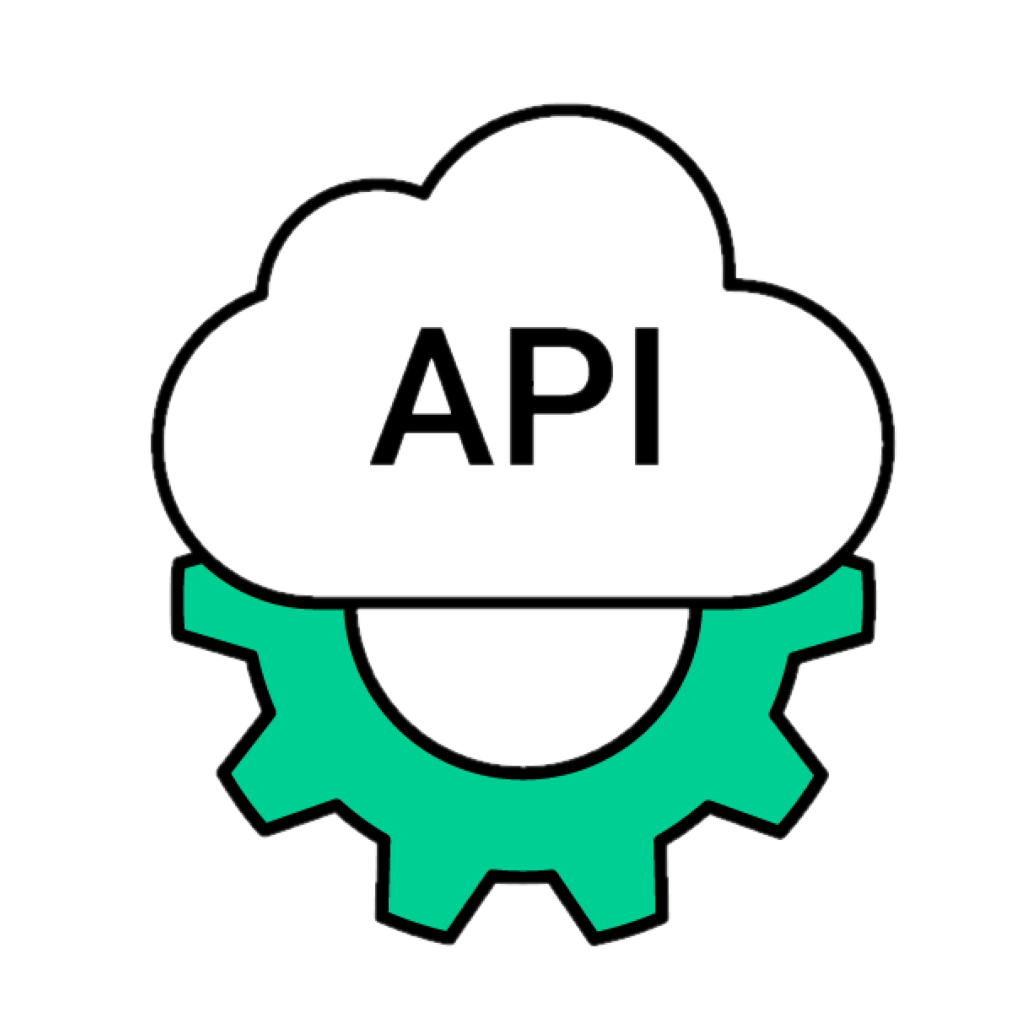Simplifying the implementation and comparison of greenhouse gas assessments with a digital ecosystem
Our vision
Empowering society to better understand and evaluate the greenhouse gas emissions that are linked to its activities.
Carrying out a trustworthy and consistent accounting of all greenhouse gas (GHG) emissions from value chains is a key step for organisations to develop their climate strategy and to enable the sustainable design of their products and services.
The Challenge
Accounting of greenhouse gas
Currently, many data sources, assessment standards and computational tools can be used to carry out GHG assessments with various procedures. They all have their strengths & weaknesses that provide relevant GHG evaluations in different contexts (e.g. specific production sector or country).
Various assessment procedures
The different results of these various procedures are, however, not easily comparable even when they are used to describe the GHG emissions of the same activities. Similar inconsistencies can also raise concerns when a company discloses its GHG evaluation for consideration in the following steps of a value chain. This is mainly the case when their chosen assessment procedure does not fit with the context or needs of their customers.
Time consuming & expensive
Experts and substantial resources (time & money) are thus required to deal with the many existing aspects that need to be considered to provide consistent, trustworthy and comparable GHG assessments of value chains. Even more so when we want to disclose GHG contributions in ways that fit with the various disclosing needs and specific context of organisations all around the world.
Our Aim
The WISER consortium tackles this challenge by creating a digital ecosystem of open source Web services that are built to simplify the consistent use of many existing GHG assessment procedures with automated and auditable solutions that:
- Use and compare different data sources for various contexts (first-hand and industry average values)
- Adapt value chain models to different GHG assessment standards in a consistent way
- Connect various computational tools from different organisations with Application Programming Interfaces (APIs) to enable more useful and accurate evaluations
- Bring the GHG information from environmental experts to businesses with “easy-to-use” Web services
The WISER Development Strategy
01
Analysing Key Data
To deal with the various existing GHG assessment procedures, research partners in the fields of environmental assessment and computer science are working together to analyse key data sources, assessment standards and computational tools from different organisations around the world. This analysis identifies common concepts and patterns that are then translated into different ontologies and their related knowledge graphs to allow for an automated and consistent digital management of the various required steps to carry out existing GHG assessment procedures. This digital management can thus limit the need for manual modifications from environmental practitioners.
02
Connect sources and frameworks
We believe that the core strength of this strategy is the concept-based description of current environmental data sources and GHG assessment standards that can be used, in the future, to connect with new data sources and standards. These connections will reduce the required efforts of adapting to a rapidly evolving field with organisations that need to respect and deal with different environmental accounting contexts and rules.

03
Timeline and key steps
The WISER project has started at the beginning of 2022 and will continue until the end of 2025. In the summer of 2023, WISER will launch three prototypes to demonstrate the key advantages of using its digital ecosystem.


